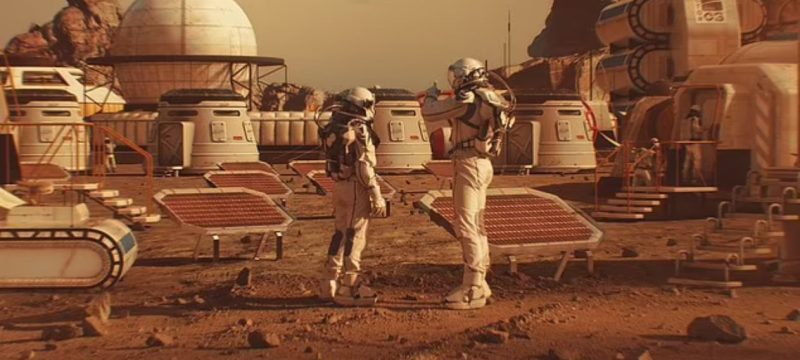Elon Musk has boldly asserted the potential for human habitation on Mars, following SpaceX’s significant achievement in making interplanetary travel more affordable. He believes that one million people could live on Mars, thanks to SpaceX’s recent milestone of successfully capturing a massive booster from the Starship rocket for the first time.
This groundbreaking capture paves the way for low-cost space travel through reusable rockets, which could function as an interplanetary transportation system, ferrying large payloads to the Moon and beyond. Musk elaborated in a post on X, stating, “To make life multiplanetary, we need to reduce the cost per ton to Mars significantly, requiring roughly a 1000X improvement in rocket and spacecraft technology.”
Read more: Elon Musk Highlights Practical Skills Over College Degrees in Education Debate
He noted that recent U.S. Mars missions have had a cost per ton of about $1 billion, and this expense has increased over time. Musk explained that constructing a self-sustaining city on Mars would likely need at least one million tons of equipment, which would cost over $1000 trillion—an unfeasible figure considering the current U.S. GDP of $29 trillion.
However, he argued that if rocket technology could be improved by 1000 times, the cost of achieving a sustainable multiplanetary existence could be reduced to around $1 trillion, manageable over 40 years. “Starship is designed to achieve a >1000X improvement over existing systems, and with the successful booster catch and precise ocean landing of the ship, I am now confident it can work,” he wrote.
Musk envisions that a self-sustaining city with a population of over one million could be established on Mars if civilization remains relatively stable over the next thirty years. SpaceX’s recent launch saw the successful return of the ‘super heavy booster’ to Earth, marking a major milestone in space engineering. This booster, which launched the 3,000-ton rocket, utilized thrusters for a safe return to the launch pad, where it was retrieved by large mechanical fingers.









